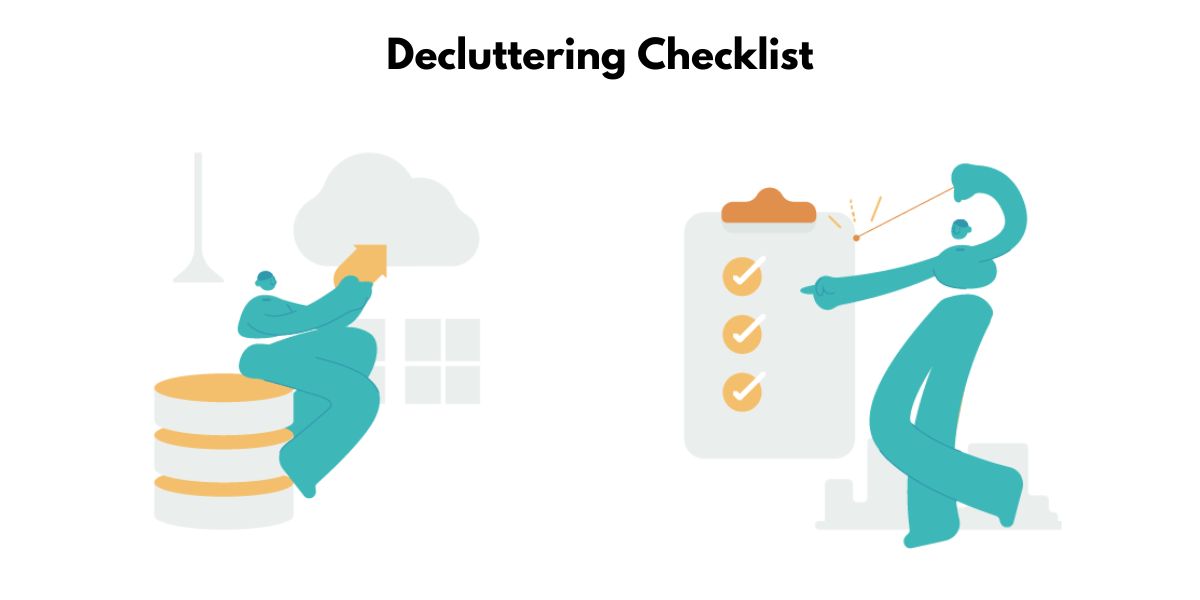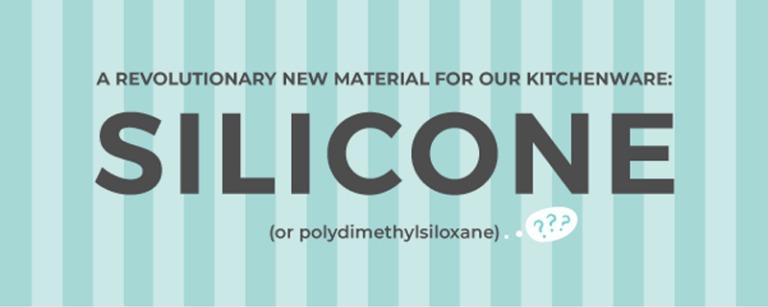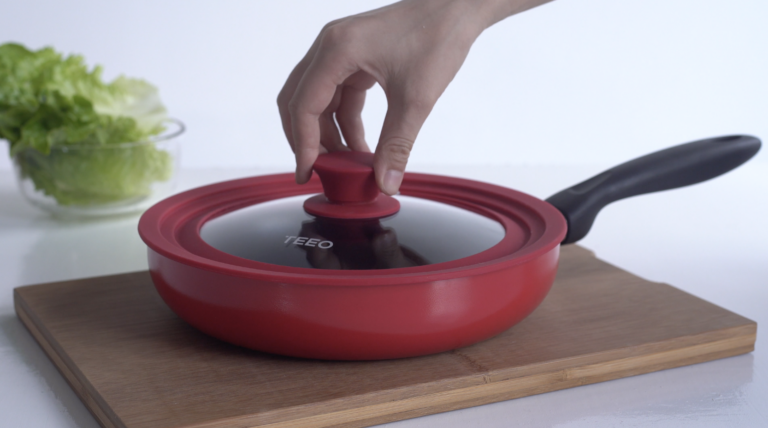Listen to the article
The Ultimate Decluttering Checklist
Decluttering can be overwhelming, especially when you don’t know where to start.
To simplify the process, we have put together the ultimate decluttering checklist to help guide you through the decluttering process.
With this checklist, you can break up large projects into small manageable tasks that can be done in 15 minutes or less.
What is decluttering?
Decluttering means removing unnecessary items from an untidy or overcrowded place.
It can be an overwhelming task but can also improve your mental, emotional, and physical wellness.
Decluttering challenges can help to kick start the process, but a more sustainable approach is to make it part of your habits and routines.
To keep your space decluttered, it’s knowing what new items are entering your home is important.
The KonMari method
The KonMari Method is a step-by-step system for decluttering and tidying up your home created by organization maven Marie Kondo.
It encourages you to declutter by category and not location and to keep only necessary items that spark joy.
What does KonMari mean?
KonMari is an organizational system created by Marie Kondo, which is meant to help people declutter their homes and keep only items that bring them joy.
The KonMari Method encourages people to declutter by category and not location, only keeping the items that are needed and spark joy, and to start with easier categories and save the harder/ more sentimental ones for last.
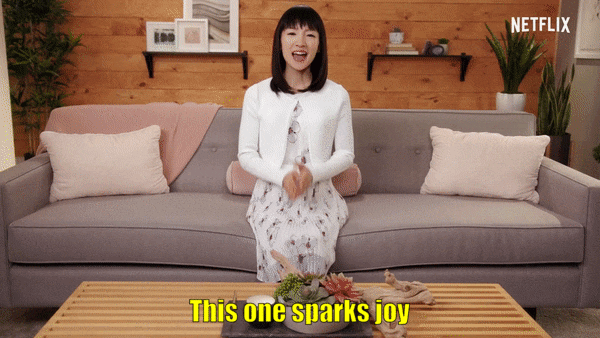
The KonMari checklist
The KonMari Method is a system for decluttering and tidying your home created by Marie Kondo.
It encourages you to declutter by category and only keep items that bring you joy.
This KonMari Checklist guides you step-by-step through decluttering and organizing your home, making it easier and less overwhelming.
It also helps you remember to discard items that don’t bring you joy and encourages you to store each category together.
Here are some helpful tips from the KonMari method:
- Gather ALL items in each category in ONE PLACE
- Make sure to follow the exact order outlined in the declutter checklist
- Discard intensely and completely
- Store each category together
- Place the declutter your home checklist on a clipboard and use it to move from category to category
- Make notes when something needs to be replaced
- Start with the clothing category and work your way down the list
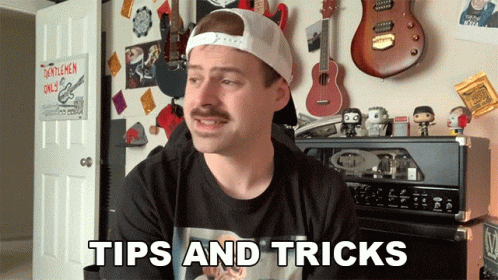
Tips for decluttering a home
Welcome to the wonderful world of decluttering! We have some tips and tricks to help you start your journey toward a more organized and less cluttered space.
Decluttering can be daunting, but it doesn’t have to be.
You can transform your home into a neat haven with a few simple steps and effort.
Our goal is to help you make decluttering a habit by providing you with sustainable and flexible practices.
We’ll also provide some quick wins to help give you a boost of confidence. So, let’s get started!
1. Know where to get rid of stuff
When beginning the decluttering process, it can be difficult to know where to start.
To help, here are some tips to make the process easier.
- Make a list of the most cluttered areas in your home. Knowing where the biggest areas of clutter are will make it easier to start somewhere.
- Have an idea of how you want your space to look once it’s decluttered. Visualizing a clean, organized space will help you to stay on track.
- Put a hold on any purchases you plan on making – this way, and you won’t bring in more clutter.
- Prepare yourself mentally for the task ahead.
It may be hard to part with some items, so remember that this process will have a great outcome.
Now that you have some tips on starting decluttering, you can begin the process confidently.
2. Sort as you go
Sorting items into piles as you go can help with decluttering by allowing you to prioritize what to tackle first, making the process more efficient and less overwhelming.
By making a list of areas to declutter and tackling one area at a time, starting with the easiest, you can quickly utilize the snowball effect to check items off your list.
This can also make it easier to stick to your decluttering goals, as you can easily identify which items need to be kept or discarded.
Additionally, sorting as you go can help to avoid creating messes when emptying closets, drawers, or rooms, as you don’t have to dump everything out all at once.
4. Pump up your decluttering motivation
To get motivated to declutter, consider how clutter negatively impacts you and the benefits of decluttering.
Here are some helpful tips to keep you pumped up while decluttering:
- read and save declutter quotes
- watch declutter motivation videos
- look at inspiring before and after decluttering photos
- listen to your favourite podcast while you declutter
- read best-selling books about decluttering
- reward yourself for success
As you work, listen to music or your favorite podcast, time yourself, or do a decluttering challenge.
Finally, start with a small task, like tossing one thing from a junk drawer, and build from there.

The [15] things you need to get rid of when decluttering
Here are the top 15 things to get rid of to start your decluttering journey!
1. Clutter
Clutter can be defined as a collection of items that are not organized, are not useful, or are simply taking up space.
It can be anything from clothing to books to random knick-knacks.
Clutter can be a physical and mental burden, and it is important to take the time to get rid of it.
When decluttering your home, the first step is to list the most cluttered areas.
Once you have identified this, visualize how you want the space to look.
This is an important part of the process as it gives you a goal to strive for.
Next, freeze any purchases, as you don’t want to bring any more clutter into your space.
Finally, get yourself mentally prepared for the process; it can be difficult to get rid of items that have sentimental value.
2. Trash
When decluttering, it is important to identify items that should simply be thrown away.
These items can include dead batteries, expired medications, plastic store hangers, and wire dry-cleaning hangers.
Recycling or donating items in good condition is also important, like old cell phones and electronics.
To make the process easier, it is helpful to separate items into four main categories: “toss,” “donate,” “misplaced,” and “keep.”
3. Things to be recycled
One of the best ways to know what should be recycled when it comes to decluttering is to ensure all potentially harmful items or items that can be reused or recycled are disposed of responsibly.
Old batteries, light bulbs, and electronics are prime examples of items that should not be thrown away in the bin but handled properly and recycled to protect the environment.
Additionally, it is important to remember that some items with sentimental value, such as family heirlooms, should not be thrown away but stored or given to someone else.
Researching how to declutter your home responsibly and keeping an eye out for potentially valuable items will ensure that your decluttering process is as environmentally friendly as possible.
When decluttering your home, it’s important to consider what items can be recycled to minimize waste.
Here is an expanded list of items that can be recycled while you’re decluttering:
- Old electronics
- Plastic bags
- Plastic wrap
- Paper
- Cardboard
- Glass
- Aluminum cans
- Steel cans
- Printer cartridges
- Old furniture

4. Items to donate
When deciding what items to donate, the best way to know is to ask yourself some simple questions.
- Do the items make you happy?
- Are you able to use them?
- Are they still in working order?
- Do they have sentimental value, or are they family heirlooms?
If the answer to these questions is no, then it is time to eliminate them.
When decluttering your home, many items should be donated instead of thrown away.
These include items such as the following:
- clothing that is still in good condition
- small appliances you no longer use
- books and toys your kids have outgrown
- board games and puzzles
- home decor items
- old electronics
- craft supplies
- holiday decorations
- anything that is still in good condition but which you no longer need.
Donating these items is a great way to help those in need while freeing up space in your home.
5. Items to sell
When it comes to knowing what items to sell, it’s important to determine which items have value and which do not.
Start by assessing the condition of your items.
If something is broken, it’s not worth selling, so it’s best to throw it away.
On the other hand, if an item is still in good condition, consider putting it up for sale.
Additionally, take a look at the age of your item.
It may be best to discard it if it is outdated or no longer in style.
6. Things to throw away
When it comes to knowing what to throw away, there are a few key things to remember.
Important documents and family heirlooms should be kept and not thrown away.
Duplicates of items you use, such as scissors or chef’s knives, should also be kept.
Things with sentimental value, photos, and expensive or hard-to-replace items you use occasionally should also be safeguarded.
7. Items to keep
When deciding what items to keep, it is important to ask yourself some questions to make sure you are making the right decision about what to keep and what to get rid of.
- Do you love it?
- Is it in good condition?
- Do you use it?
- Do you have a lot of similar items that serve the same purpose?
- Is it worth the space it takes up, or would it be better to donate or sell it?
Asking yourself these questions can help you decide what should stay and what should go.
Don’t forget to ask yourself if an item brings you joy or if it is something your family will cherish as an heirloom.
Finally, when you cannot decide about an item, try to imagine if you would buy it again if you saw it in a store today.
This can help you decide whether or not you should keep it.
8. Fridge magnets
Fridge magnets are small magnets that attach notes, photos, and artwork to the refrigerator.
They are often used to keep track of important dates, chore lists, and children’s artwork.
Fridge magnets can come in various shapes and sizes and can be stored in a box if they take up too much space on the fridge.

9. Desk clutter
When decluttering your desk, it is important to eliminate all items that are no longer in use.
This will help free up space, create a feeling of calm, and make it easier to find the things you need.
You should also take the time to organize the essentials that you do need, such as paperwork, stationery, and technology.
This will help you to stay focused and productive when you are working.
10. Paper clutter
Paper clutter is any type of paper that accumulates over time and takes up valuable space.
This can include junk mail, bills, flyers, school papers, and old receipts.
Paper clutter can be difficult to manage and quickly become overwhelming if not dealt with.
11. Toddler clutter
Regarding toddler clutter, it’s important to eliminate items they have outgrown or no longer use or play with.
This includes clothing, furniture, toys, books, coloring books, and school projects they’ve already finished.
It’s also important to cull any artwork they’ve already completed, as it can quickly become overwhelming.
In addition, old notebooks, used-up arts and crafts supplies, broken toys, unmatched socks, and socks with holes should also be removed.
Finally, small clothing items such as pants with holes in the knees or clothes with non-removable stains should be thrown out or donated.
This will help create a clutter-free environment, which is beneficial for kids to have a calmer and more focused atmosphere to play and learn in.
12. Clothes
When decluttering your closet, removing clothes that no longer serve a purpose in your wardrobe is important.
Here are some of the clothing items that you should get rid of:
- items that don’t fit your climate
- missing pairs of clothing and jewelry
- multiple sunglasses or prescription glasses
- promotional clothing
- extra buttons and strings
- stretched swimwear
- worn bras and underwear
- one-off pieces for special occasions
- inactive hobby clothing
- uncomfortable shoes
- unworn hats
Keeping these unnecessary and unwanted items will only create more clutter and decision-making when getting dressed each morning.
It’s best to keep the items you know you will use and enjoy wearing.
13. Kitchen clutter
Kitchen clutter can be defined as any items taking up space in a kitchen that are not essential to the effective functioning of the kitchen.
This can include items such as the following:
- ultra-specific kitchen tools
- duplicate cooking utensils
- fridge magnets
- awkwardly sized pots and pans
- cheap or dull knives
- kitchen appliances you never use
- broken dishes
- too many mugs and drinking glasses
- incomplete or mismatched storage containers
- extra baking trays

14. Collectibles
If you are having trouble letting go of your accumulated collectibles, it can be hard to know where to start.
Understanding why you have become attached to these items is the first step to decluttering.
Once you have identified why you are hanging onto these items, you can work on letting go.
When decluttering your home, knowing how to get rid of collectibles can be hard.
Here are some tips to help you get started:
- Make a list of the collectibles you want to get rid of. This will help you focus on items you no longer need or want and make it easier to stay organized while decluttering.
- Sort your collectibles into piles. Decide which items you want to keep, donate, or trash. This will help make the decluttering process less overwhelming and give you a better idea of how much of a project you have ahead.
- Donate items you no longer need. You can donate collectibles to a local thrift store or charity. This will help someone in need and ensure your collectibles find a good home.
- Try to sell items you no longer need. If you still have them in good condition collectibles, you may want to try selling them online or at a garage sale. This will help you make some extra money while getting rid of clutter.
- Throw away anything that is broken or cannot be donated or sold. This will help you make space in your home and eliminate items taking up valuable storage space.
These tips will help you declutter your home and ensure your collectibles find a good home.
15. Vibes
Decluttering removes unnecessary items from one’s home to create a more organized and clutter-free environment.
Vibes are the feelings or atmosphere created by your space, and they can have a powerful effect on your mental health and outlook.
Therefore, it is important to eliminate any negative vibes when decluttering, as this will help create a more positive and uplifting environment.
Negative vibes can be created by items that no longer serve a purpose or simply take up space, so it is important to consider this when deciding what to keep and let go of.
Additionally, decluttering can help to reduce stress, anxiety, and overwhelm, as it means taking control of your environment and creating an intentional space that works for you.
FAQs
Here are some of the most frequently asked questions about decluttering:
What is the 20/20 rule for decluttering?
The 20/20 rule for decluttering is a great way to take on the daunting task of decluttering your home.
The rule states that for every 20 minutes you spend decluttering, you should throw out or donate at least 20 items.
This ensures that the process is efficient and you’re consistently progressing.
What are the 7 steps to declutter your life?
Decluttering your life can seem daunting, but with the right tools, it can be a manageable process.
Taking the time to declutter your life can help bring you a sense of peace and clarity.
Whether it’s the physical clutter of your home or the mental clutter from relationships and time management, the seven steps to declutter your life can help you reclaim your space and peace of mind.
The steps include living with intention, decluttering your home, organizing your life, relationships, and time management.
- Identify your goals: Take the time to think through your goals for your home and be specific.
- Create a decluttering checklist: Make a list of all the areas of your home you want to declutter and break it down into manageable tasks.
- Freeze purchases: Do not bring more clutter into your home. Put a freeze on buying anything else.
- Prepare mentally: As you start decluttering, you may have difficulty removing some items. Prepare yourself mentally for this process.
- Develop decluttering habits: Create habits to maintain your decluttered home. This can include adjusting how you shop and how you maintain your home.
- Take action: Start decluttering your home by taking action on your decluttering list. Break the tasks down into small manageable tasks.
- Celebrate small wins: Celebrate your progress by acknowledging the small wins. This will help to keep you motivated and on track.
What should you not throw out when decluttering?
Here’s a list of items that should not be thrown out or at least thought about before getting rid of:
- important documents
- items with sentimental value
- family heirlooms
- photos
- expensive, hard-to-replace items you use occasionally
- items that can be recycled or donated
Where do I start decluttering when overwhelmed?
When feeling overwhelmed by decluttering, it’s best to start small by focusing on one drawer, cabinet, or closet at a time.
Give yourself time to finish the task, and consider playing music or a movie in the background to help you stay motivated.
In addition, make sure you have a place to put items you want to keep, a recycling bin, and a trash bin.
When feeling overwhelmed, it’s important to break down the project into smaller, manageable tasks, look for quick wins, and sort items into piles as you go.
This way, you can focus on one step at a time and make meaningful progress.
- The Ultimate Decluttering Checklist: The [15] things you need to get rid of - April 14, 2023
- The Best Laundry Basket & Organizer: Find the best hamper for you! - February 2, 2023
- Cooking With Silicone: Is Silicone Cookware And Bakeware Safe For Use? - August 23, 2021

